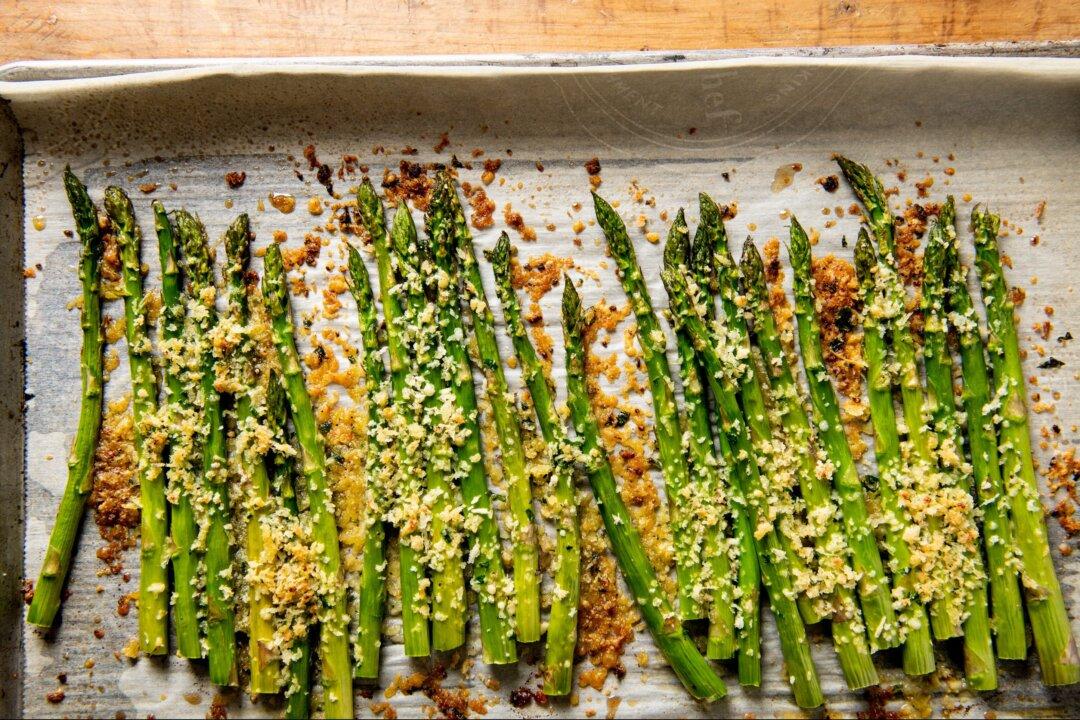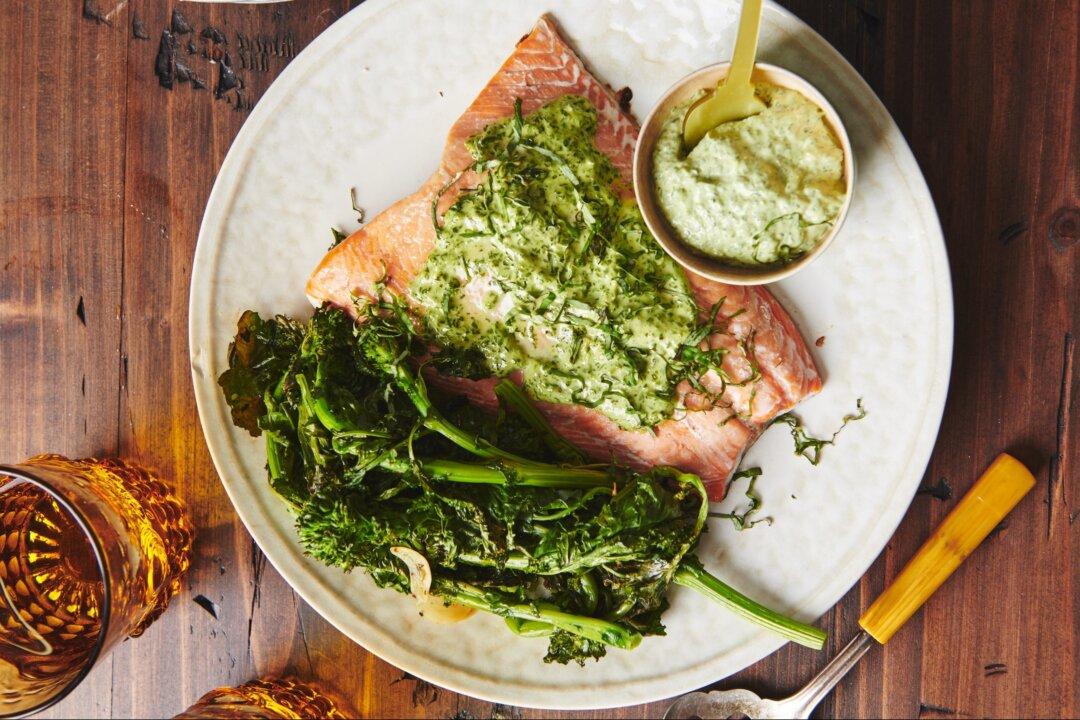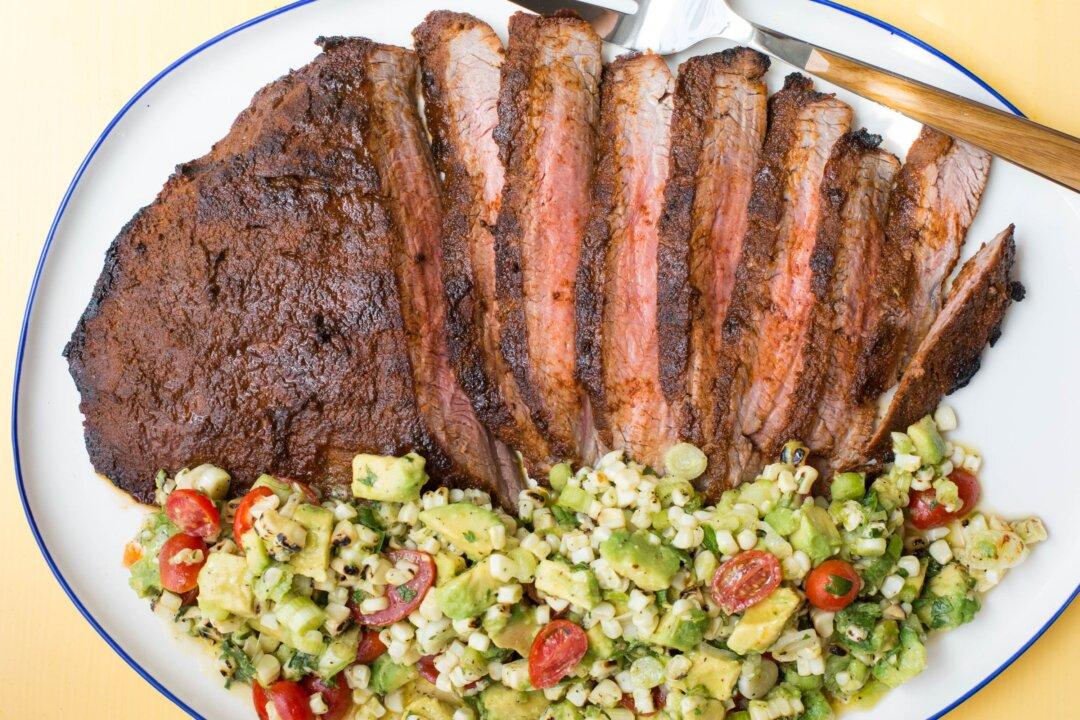When my husband Gary and I were first dating, he told me he really liked asparagus, but hadn’t eaten that much of it. It was not a vegetable he had grown up with at home. So our first spring together, I made it. A lot.
I made it simply roasted, I blanched it and served it with dips, I included it in soups, I added it to stir-fries, I mixed it into hot pasta and pasta salads.





